Understanding and Getting Off Herion
What is Heroin?
Heroin addiction is a highly deadly disorder. Heroin is a synthetic opioid created to manage pain and was also originally intended to treat morphine addiction. However, since heroin is more potent than morphine, it is also more addictive. Heroin has been illegal for medical and recreational use in the U.S. since 1920, but since it’s so addictive, many people continue to purchase it illegally. Today, heroin carries the third highest amount of deaths from overdose. If you or a loved one is addicted to heroin, know that there is help available through substance abuse treatment. Tree House Recovery’s heroin addiction treatment center in North Carolina can provide you with the resources and support necessary for lasting, sustainable sobriety.
Heroin's Origins
Heroin comes from synthetically distilling morphine. Morphine, in turn, is the product of synthetically distilling opium. When opium became available for recreational use, a widespread epidemic of addiction and overdose followed. In 1803, morphine was introduced as a “non-addictive” substitute for opium [2]. But because morphine is more potent, addiction and overdose continued to grow. In 1874, Bayer Pharmaceutical, the makers of modern aspirin, introduced heroin as a non-addictive alternative to morphine that could also treat pain. By 1920, when the U.S. outlawed heroin, it had killed hundreds of thousands [2].
Today, people continue to illegally grow the opium poppy plant in parts of the world with the proper conditions for the plant (Mexico, Asia, and the Middle East). They send the plant to labs where its sap is chemically altered to make heroin. This, in turn, is smuggled around the world and sold illegally.
Understanding Heroin Addiction and Treatment
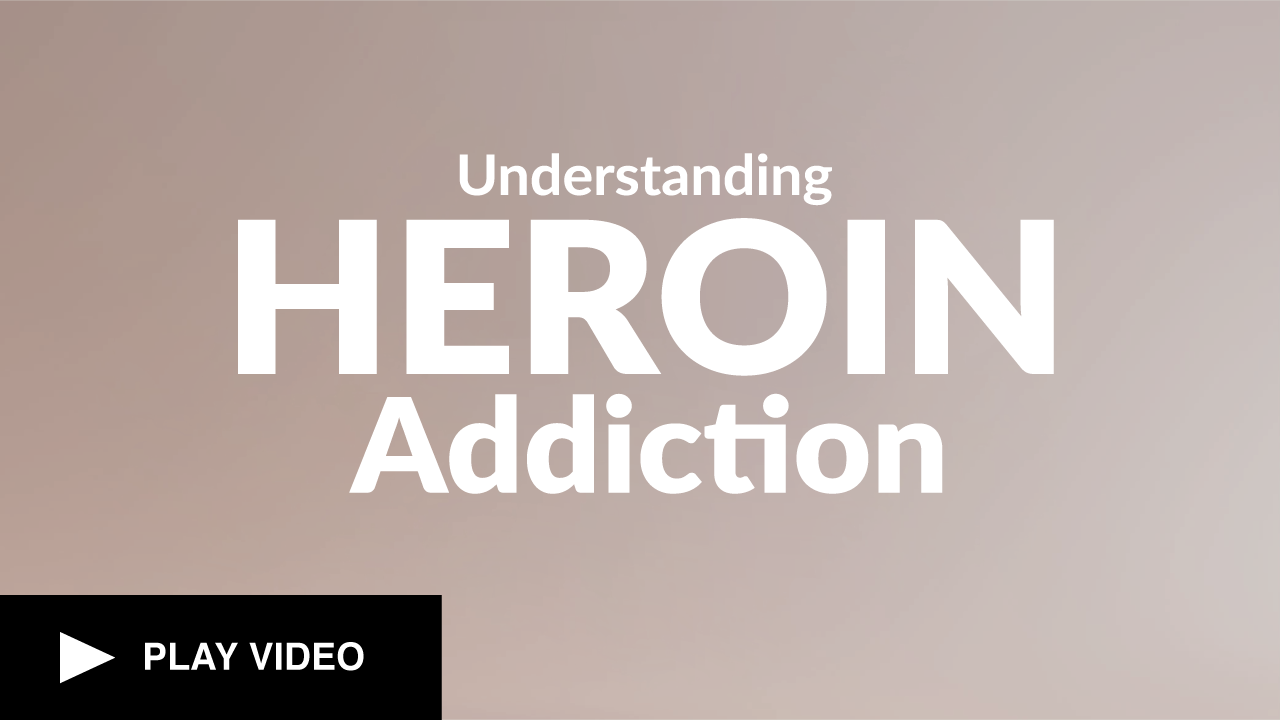
Tree House addiction counselor Rob Mo the signs and symptoms of heroin use, withdrawal symptoms, how it is used, what heroin looks like, street names for heroin, and heroin addiction treatment.
What Does Heroin Look Like?
In its purest form, heroin is a fine white powder. Less pure heroin has a brown color while the least pure form available is a crude black tar [3]. However, dealers and manufacturers put additives or other substances in heroin to increase the amount of the drug they can sell and their profits. This process is called “cutting” and makes heroin difficult to spot because depending on the additives, heroin could be purple, pink, or blue. More importantly, just because heroin is white doesn’t mean it hasn’t been cut with another white chemical.
If you believe you’ve found heroin, the best way to confirm is with a test strip available at your local pharmacy.
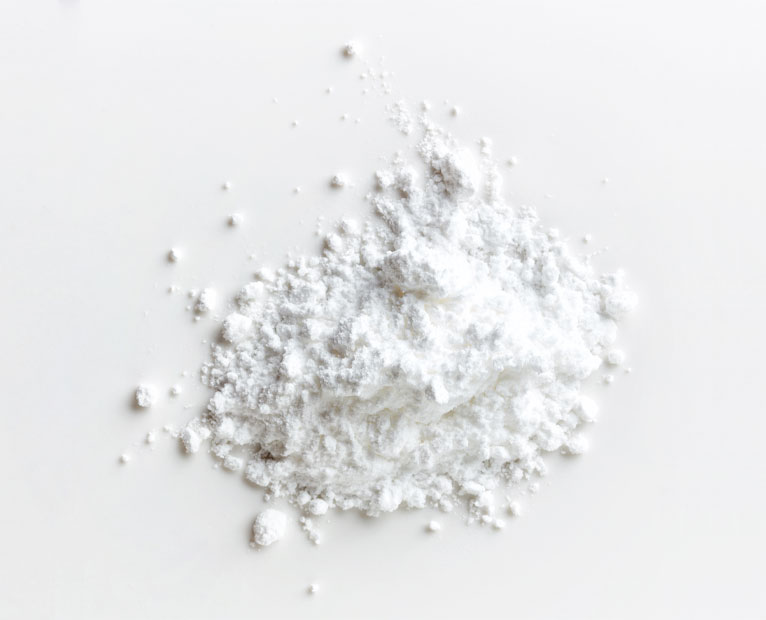
White Heroin
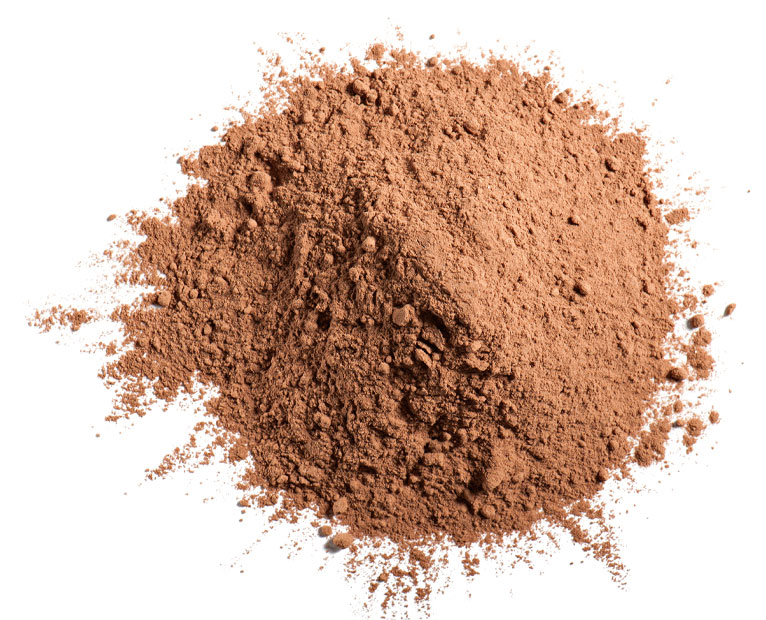
Brown Heroin
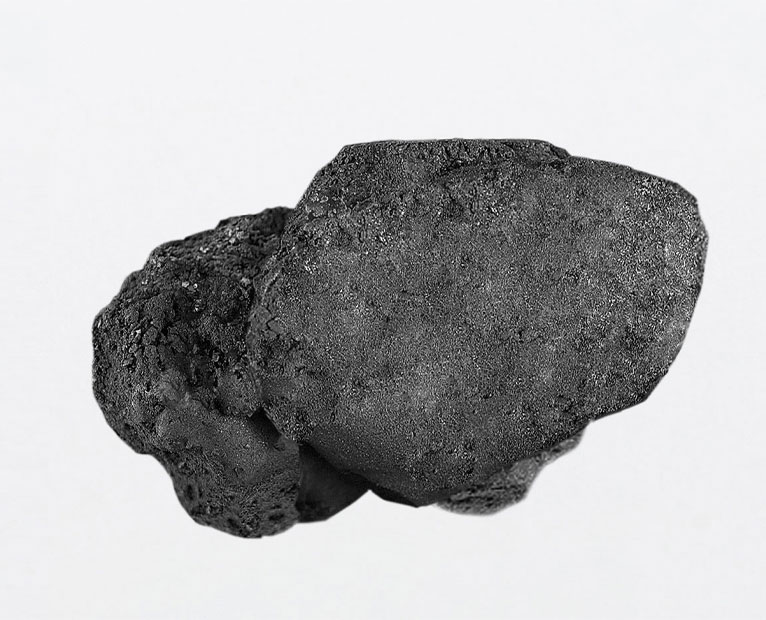
Black Tar Heroin
How is Heroin Used?
As a Schedule I narcotic, it is illegal to prescribe heroin or even carry it in a hospital. People who use it get it from street dealers and can use it in one of three ways. It can be injected directly into the bloodstream, inhaled through the nose, or smoked [6].
In its pure form, heroin is a powder. More crude and impure heroin comes as tar. These forms of heroin can be cooked into a liquid that is injected, or ignited so that the person could inhale the fumes (known as chasing the dragon). Powder forms of heroin can also be snorted through the nose [6].
Legally and illegally manufactured fentanyl are both abused. When used and abused for recreation, it is taken in several ways. The illegally made fentanyl is typically made as a powder, blotted on paper, put in eye droppers or nasal sprays, or pressed into pills.
However, it is primarily cut into other drugs like heroin, meth, or cocaine, and it can also be pressed into MDMA pills. Making fentanyl is cheap, and adding it to other drugs reduces their cost. Unfortunately, the added fentanyl increases the risk of overdose when people take drugs unknowingly mixed with fentanyl.
Dangers of Heroin:
Before the creation of fentanyl, heroin was the most potent and therefore lethal painkiller in the world. Heroin’s ability to blot out physical and emotional pain makes it incredibly appealing to people with co-occurring mental health issues like PTSD, a history of trauma, or homelessness. But as a person’s tolerance grows, they will eventually graduate to injecting heroin, which is when the risk of overdose is incredibly high. Those who are struggling with heroin addiction can find a path forward at Tree House Recovery’s heroin rehab center in North Carolina, where they will receive individualized care and attention.
Heroin Overdose Rates:
For more information on Fentanyl and Heroin
Overdose Graph: Heroin & Fentanyl
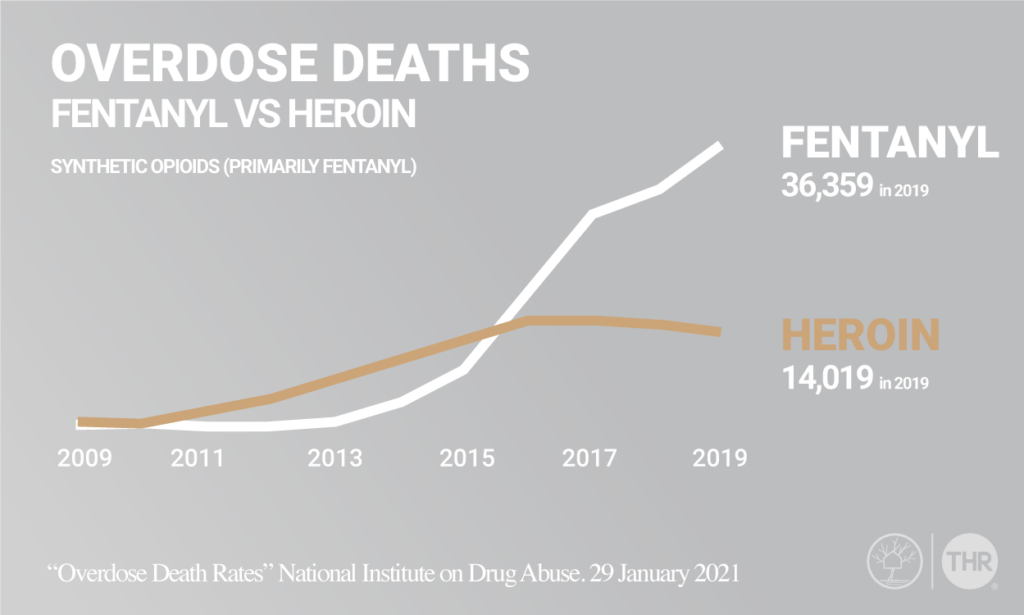
Signs of Heroin Abuse
Physical Signs:
Like other opioids, physical signs of heroin abuse are small pupils and excessive drowsiness. This kind of drowsiness, known as nodding out or nodding off, is very recognizable. For instance, someone can nod off in the middle of a sentence or busy place. Those who use opioids often experience weight loss and other withdrawal symptoms.
Changes in Behavior
Side Effects of Heroin
If you think someone is abusing heroin, you can look for the following side effects [6].
- Confusion
- Constipation
- Drowsiness
- Dizziness
- Euphoria
- Nausea
- Pain relief
- Sedation
- Tolerance
- Relaxation
- Respiratory depression and arrest
- Unconsciousness
- Urinary retention
- Coma
- Death
Common Street Names for Heroin
Because heroin is illegal, those who use it often refer to it with other names. If you hear someone using one of these terms, it could be a sign they are using heroin and could benefit from a heroin addiction treatment center:
- Dragon
- Dope
- Heron
- Hero
- H
- Big H
- White
- China White
- White Horse
- Boy
- He
- Black Tar
- Brown
- Brown Rhine
- White Girl
- Mexican Brown
Heroin Overdose Symptoms
If you believe someone is overdosing on heroin, call 911 right away. Medical professionals can administer naloxone to reverse a heroin overdose long enough to get them to a hospital. Heroin overdose usually has symptoms like [6]:
- Blue lips and fingernails (cyanosis)
- Cold and clammy skin
- Coma
- Drowsiness
- Dizziness
- Limp body
- Low blood pressure
- Loss of consciousness
- Nausea and vomiting
- Slowed or stopped breathing
- Slow heart rate
- Small “pinned” pupils size
Heroin Withdrawal Symptoms
Heroin withdrawal symptoms can begin four to five hours after a person uses the drug and will intensify the longer someone goes without heroin. Generally, the worst heroin withdrawal symptoms appear three days after someone quits using. Symptoms include:
- Cold flashes and sweats
- Diarrhea
- Intense heroin cravings
- Legs spasm and restless leg
- Pain in the muscles or bones
- Insomnia
- Vomiting
Our Heroin Treatment Program in North Carolina
There are three phases necessary to treat heroin addiction effectively in a heroin rehab center. It starts with medical detox to help overcome withdrawal symptoms and is followed by an evidence-based treatment program. The last step is creating an individual maintenance plan that includes relapse prevention strategies and skills.
 Medical Detox for Heroin
Medical Detox for Heroin
Detoxing from heroin is uncomfortable, especially in the first three days. That’s why the safest and most effective way to begin your recovery is with medical detox. Medical detox facilities can provide you with comfort medications to help taper you off heroin and decrease withdrawal symptoms. However, it’s important to understand that detox will only help you deal with the physical dependence on heroin—not the root cause of your addiction. Without proper treatment after detox, about 70% of people relapse.
 Once you’ve ended your body’s physical dependence on heroin in medical detox, you need to address the core cause of your addiction in a heroin addiction treatment program. Treatment programs help you address the root causes that cause heroin addiction. They also help optimize the three areas of your life that addiction affects. First is your biological health, which is why effective rehabs have a mandatory fitness program. Next is mental health treatment to address concerns such as internal trauma or past experiences. Lastly is social health—this usually means repairing existing relationships, becoming part of strong supportive communities, and learning to build strong healthy bonds with others, which is critical for lasting sobriety.
Once you’ve ended your body’s physical dependence on heroin in medical detox, you need to address the core cause of your addiction in a heroin addiction treatment program. Treatment programs help you address the root causes that cause heroin addiction. They also help optimize the three areas of your life that addiction affects. First is your biological health, which is why effective rehabs have a mandatory fitness program. Next is mental health treatment to address concerns such as internal trauma or past experiences. Lastly is social health—this usually means repairing existing relationships, becoming part of strong supportive communities, and learning to build strong healthy bonds with others, which is critical for lasting sobriety.
 Aftercare
Aftercare
Once you’ve discovered the root cause of your addiction and optimized yourself physically, socially, and mentally, the key is maintenance. An individualized maintenance plan will help prevent relapse and reinforce a solid foundation of sobriety by emphasizing physical, social, and mental health awareness.
Through aftercare, you’ll be able to:
- Maintain peer connections
- Maintain physical health
- Maintain a personal growth plan
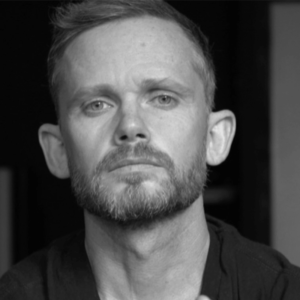
Author
Robert Funk: Addiction Writer
READY FOR CHANGE?
START YOUR JOURNEY TODAY!
https://www.verywellmind.com/heroin-photos-4020361
https://www.drugabuse.gov/drug-topics/trends-statistics/overdose-death-rates
